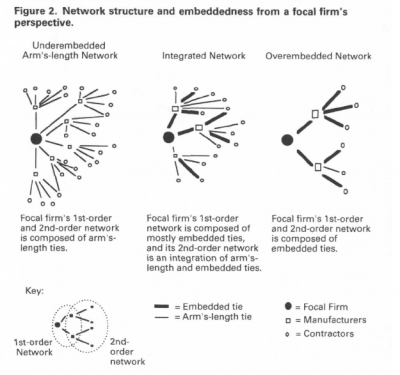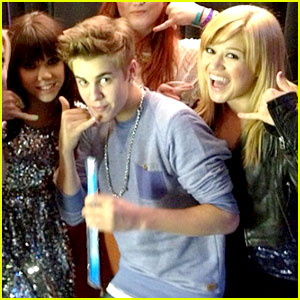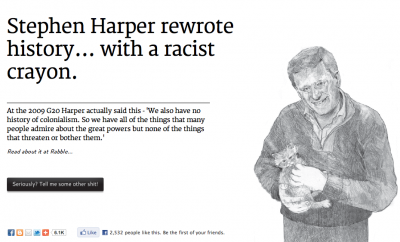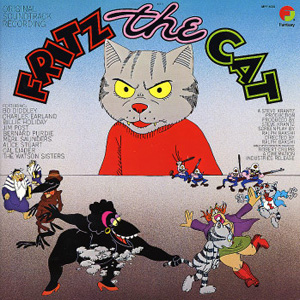To his credit, Malcolm Gladwell has opened a critical space of discussion in the media and blogosphere in his latest New Yorker article, “Small Change: Why the Revolution Will Not be Tweeted.”.
I won’t detail all his arguments leading to the conclusion that, compared to the merits of face to face communication, activism on social networking sites such as Facebook and Twitter is very poor activism indeed. There are already many terrific critiques of the article, such as Ken Kambara’s.
I would simply add to this discussion that in constructing his views, Gladwell has forgotten about the findings of his first book, The Tipping Point, which taught us much about the nature of viral epidemics and influence in society. In a section of the book, for instance, Gladwell demonstrates how one type of person critical to such epidemics, “Connectors,” have an amazing ability to make social connections and act as a source of social power/glue by having so many mere acquaintances and “weak ties” in their networks. Before even questioning Gladwell’s notion of weak ties (I again refer you to Kambara, who discusses “multiplex” ties, etc.), surely social media have at least a) amplified the ability of Connectors to continue doing what they do best, and b) created forums for these kinds of Tipping Point ties–the likes of which the world has never seen before. There’s lots of other relevant points from Gladwell’s book, like his discussions of academic diffusion models, which could have been applied and updated to the context of social media.
All in all, though it’s only been nine years, we shouldn’t forget “How Little Things Can Make a Big Difference.”











